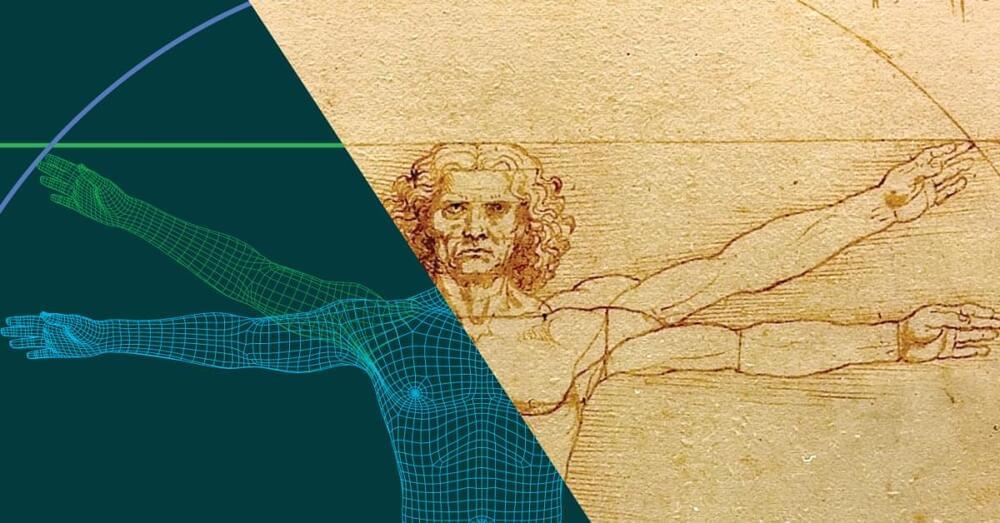Should we send robots on space missions instead of humans?
The cost differences are huge. In fact, NASA could pursue dozens of robotic missions for the cost of a single human mission. Also worth considering–wealthy entrepreneurs have made great advances recently with private space efforts.
Given the large ambitions for private human space flight, isn’t it time to phase out NASA’s human missions? The private sector has gained ground, and so the government should yield.
The private sector has shown that it can do space flights far cheaper than NASA’s cost overruns are infamous. The cost of building the International Space Station, for example, ballooned from $17 billion to $74 billion.
Given the need to reduce large budget deficits, most federal agencies should be cut. For NASA, policymakers should consider phasing out the human missions and narrowing the agency’s focus to more efficient robotic missions.
Join the conversation using #CatoEcon.







